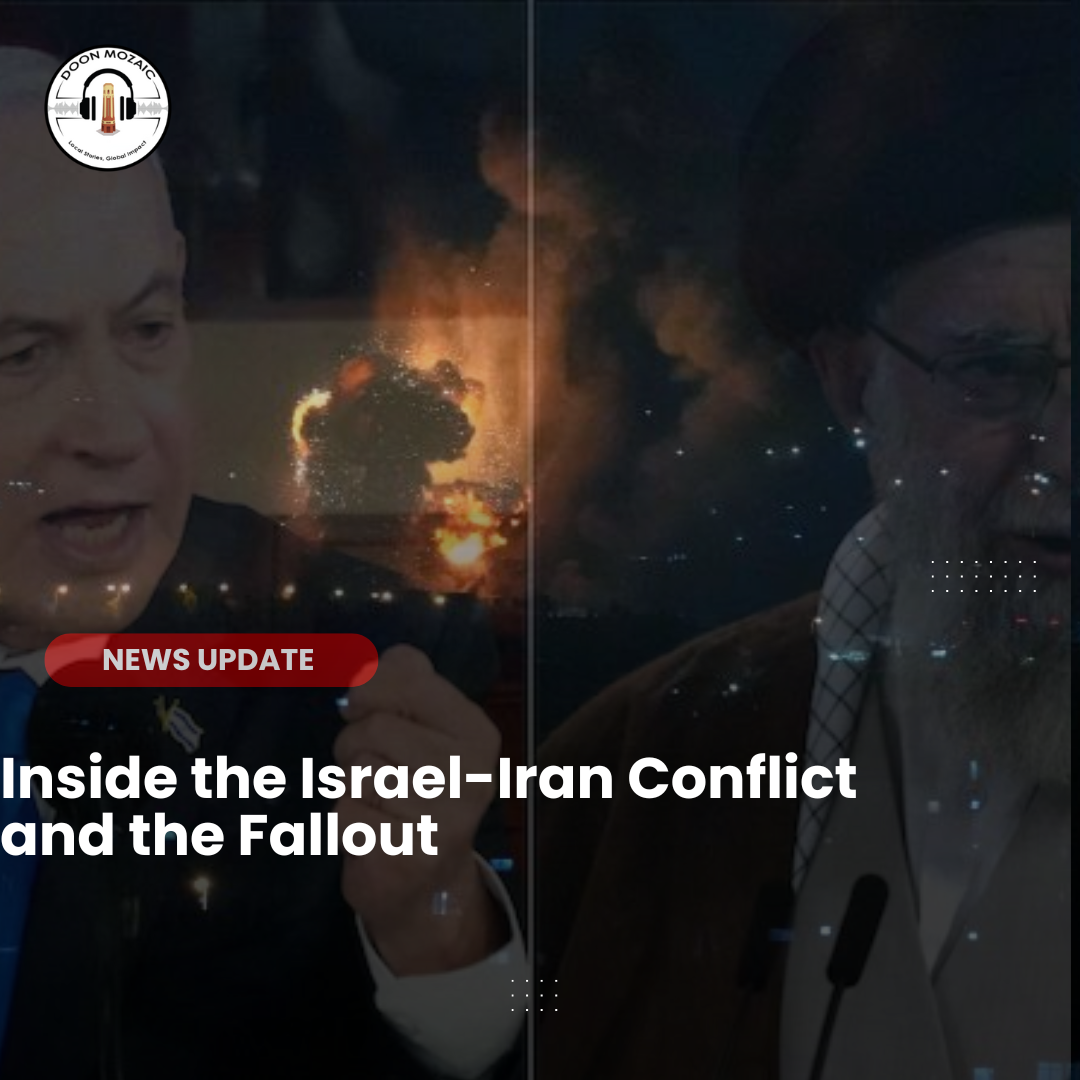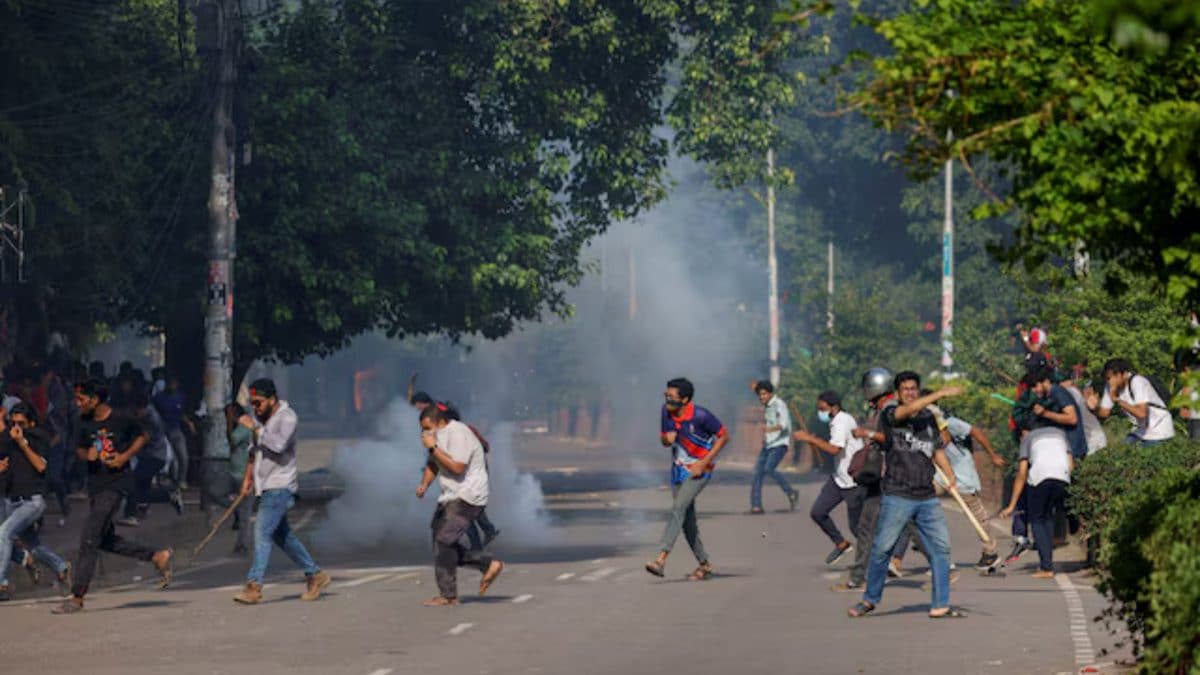By Doon Mozaic | June 13, 2025
The Middle East once again finds itself engulfed in flames — this time lit by a direct and unprecedented exchange of fire between Israel and Iran. Operation Rising Lion, launched by Israel late Thursday night, targeted Iran’s nuclear and military infrastructure, striking at the very core of Tehran’s ambitions and hierarchy. The fallout is now playing out across borders, political chambers, and skies, with the entire world watching anxiously.
A Historic Strike with Global Shockwaves
The Israeli Air Force, in a surprise coordinated offensive, hit multiple high-value targets across Iran — including the Natanz nuclear enrichment facility and military complexes in Tehran. Among those reportedly killed: Hossein Salami, the commander-in-chief of Iran’s Revolutionary Guards, two of the country’s top nuclear scientists, and possibly Chief of Staff Mohammad Bagheri.
For Israel, the mission was clear. In Prime Minister Benjamin Netanyahu’s words: “We will not let the world’s most dangerous regime get the world’s most dangerous weapons.” The strikes, he insisted, were not only a matter of national security but a message to the world about the consequences of nuclear proliferation in the hands of a regime backing terror groups across the region.
But that message came with a cost — a massive escalation.

Iran Responds: Drones in the Sky, Vows of Revenge
In response, Iran launched over 100 drones toward Israeli territory — a retaliatory barrage meant to show both capability and resolve. As of Friday morning, Israel confirmed that many of the drones had been intercepted before crossing into its borders, though the threat remains ongoing.
Iran’s Revolutionary Guards have vowed “harsh and regrettable revenge.” Supreme Leader Ayatollah Ali Khamenei warned Israel of a “bitter and painful fate.” Tensions have officially crossed the threshold from shadow war to open confrontation.
Collateral and Consequences
Beyond the immediate military fallout, civilian lives have already been caught in the crossfire. Iranian media reports casualties in residential areas, including children. With Iran’s airspace closed, major airlines like Air India have been forced to reroute or cancel international flights, stranding thousands. Economic markets responded instantly — oil prices surged over 8%, reviving fears of global inflation and supply disruptions.
Meanwhile, international players are scrambling. The UN, U.S., and Australia have called for restraint, even as talks between the U.S. and Iran over the nuclear deal hang in the balance. The IAEA confirmed a hit on Natanz but said radiation levels remained normal.

The Global Ripple: Cities Brace, Diplomats Scramble
In New York, the NYPD deployed additional resources to Jewish and Israeli sites amid fears of retaliation or unrest. U.S. President Donald Trump is set to attend a National Security Council meeting, even as his earlier comments hinted he expected such an escalation.
Across the aisle, U.S. senators remain divided — Democrats call Israel’s strike “reckless” and destabilizing, while Republicans hail it as a long-overdue defensive necessity. Israeli officials, for their part, say the war is not with the people of Iran, but with the regime — promising that “the day of your liberation is near.”
What’s Next?
As the region stands on the brink of a broader war, the question now is whether diplomacy can rescue what’s left of fragile negotiations or whether both sides will double down. With top military leaders dead, nuclear facilities bombed, and the world’s eyes fixed nervously on the Middle East, one truth is undeniable: June 13, 2025, may well be remembered as the day the Israel-Iran cold war went hot
Discover more from The Doon Mozaic
Subscribe to get the latest posts sent to your email.



